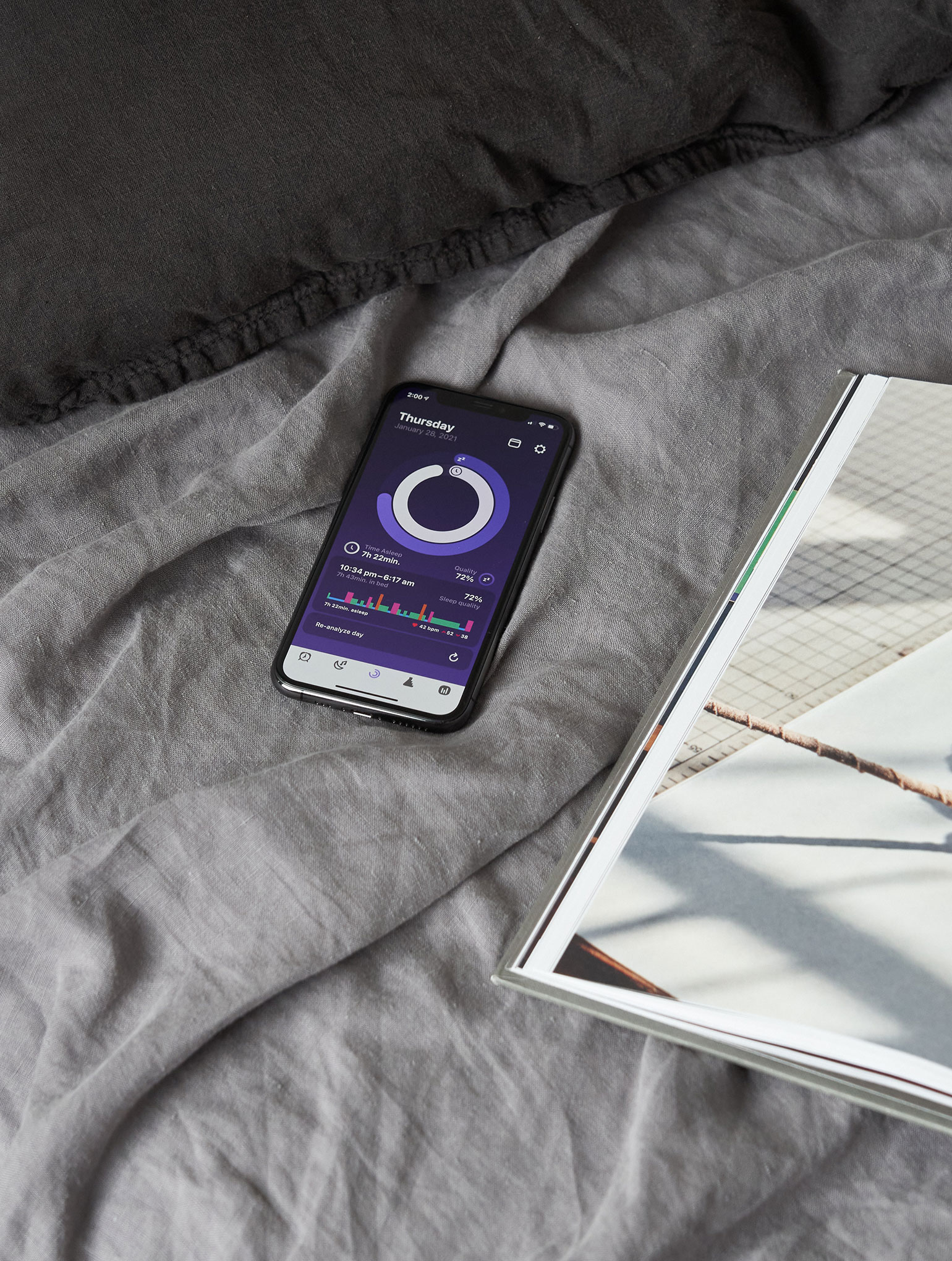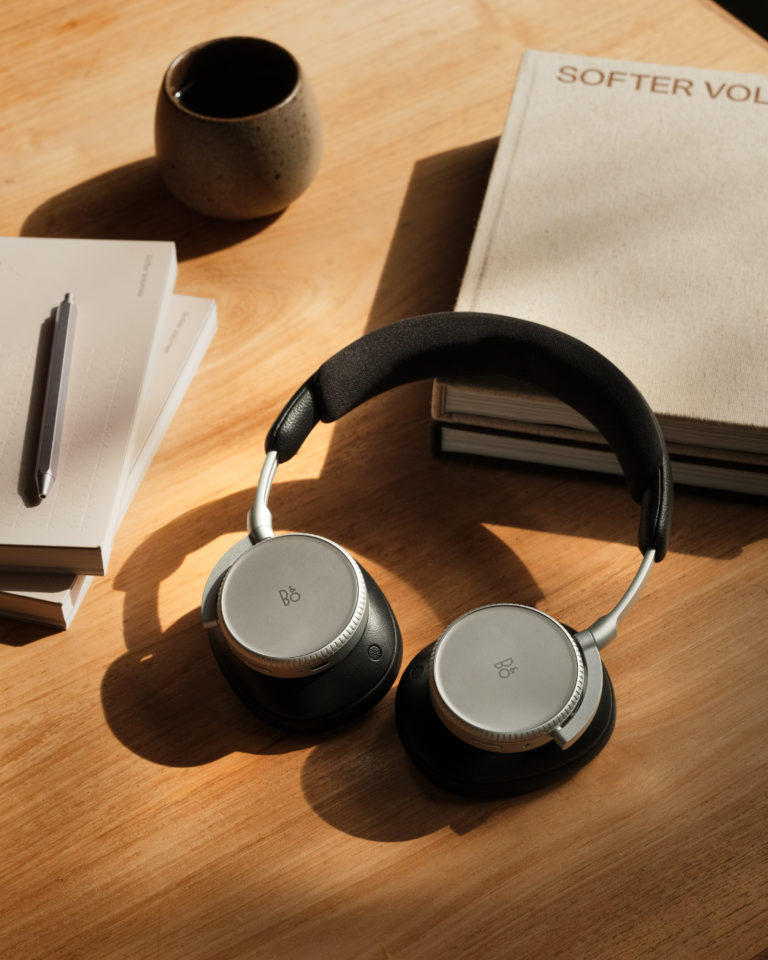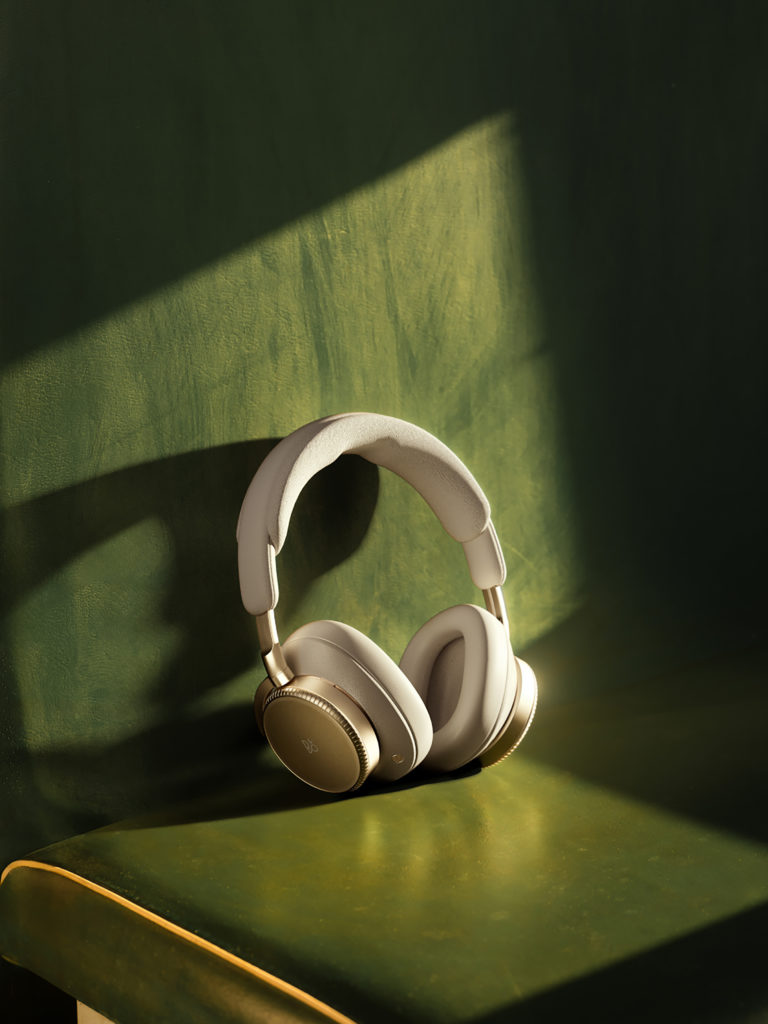Do you know how well you’re sleeping? For something that’s been part of our lives since birth, the importance of sleep is quite often taken for granted — yet having a good night’s sleep dictates how your waking life unfolds. Did you sleep for less than 7 hours? Are you usually restless or snoring throughout the night? Or wake up many times? A ‘yes’ response to any of these questions often translates to an overwhelming feeling of lethargy throughout the following day, and can lead to profound performance issues in just about everything you do.
To understand how you can start working towards improving your sleep, it’s first important to know the four sleep stages and what each stage entails. The first sleep stage is wakefulness. This is naturally at the beginning of the sleep cycle and often seen as the gentle transition period between awake and asleep. The second stage, light sleep, is reportedly where half our total sleep occurs, although at cyclical points throughout the night. This is when we become less aware of our surroundings, and our body temperature begins to decrease along with a slowing of the heart rate. Deep sleep defines the third stage, characterised by muscle relaxation, a drop in both blood pressure and breathing, and a typical disregard of environmental noise or external activity. The fourth stage of sleep, REM (rapid eye movement) sleep, is perhaps the most well-known — partly thanks to American rock band R.E.M. It’s when our brain becomes more active despite our body remaining relaxed and immobile. Dreams occur here, alongside rapid-eye-movement and increased respiration. A good night’s sleep is made up of banking enough hours of sleep and spending enough time within each of those four sleep stages.
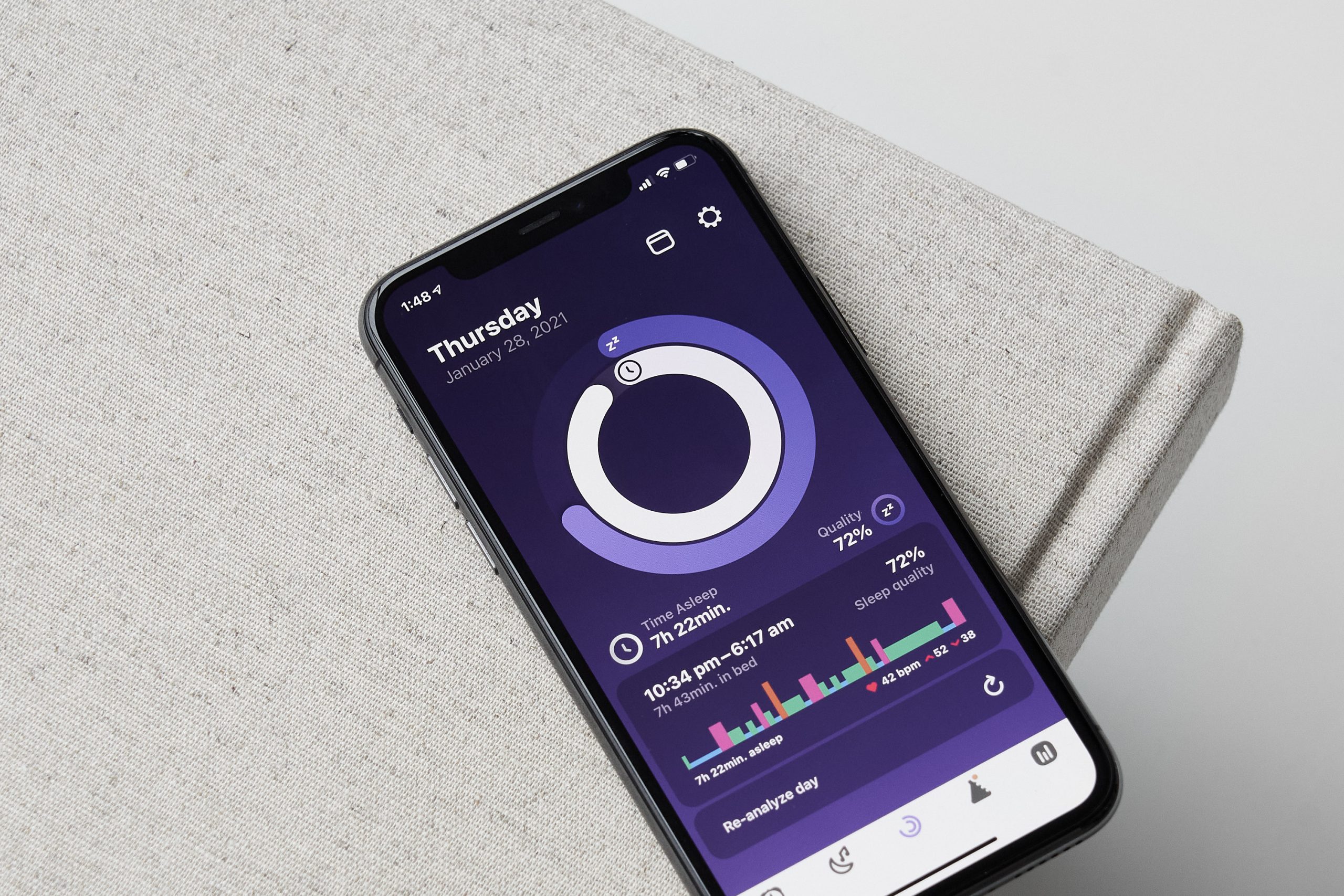
The rise of personal tracking technologies like the latest Apple Watch Series 6 and smartphone apps like Pillow, is transforming how everyday people can monitor their sleep patterns, and help become more aware of this critical aspect of their lives.
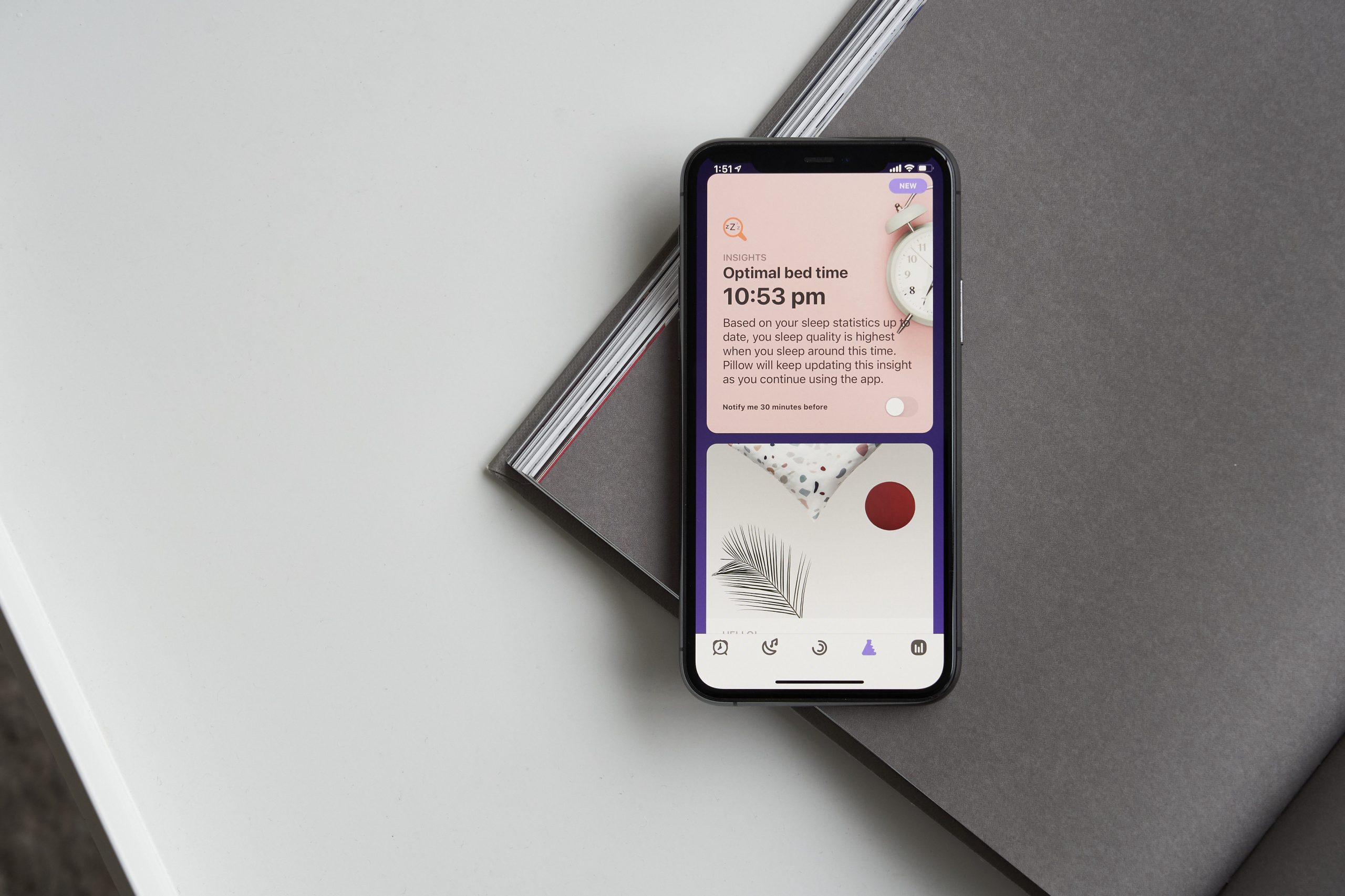
Apple’s Sleep feature can now track your overall sleep time and give you various insights each day so that you may notice patterns, as well as set sleep goals and schedules, and get reminders on when to start winding down based on your individual sleep needs. Although the native tracking capabilities of the Apple Sleep feature provide high-level information, to dive deep into sleep analysis, you’re going to want to download the Pillow app. Visually clean and easy to understand, the app (which is best used with an Apple Watch) will automatically sense when you start dozing off and track your movements and vitals during sleep. It then uses that data to provide a visual representation of your previous night’s rest, breaking it down into the four stages for analysis. An overall sleep score is also extrapolated from the various data points to give you a simple baseline for comparing nights.
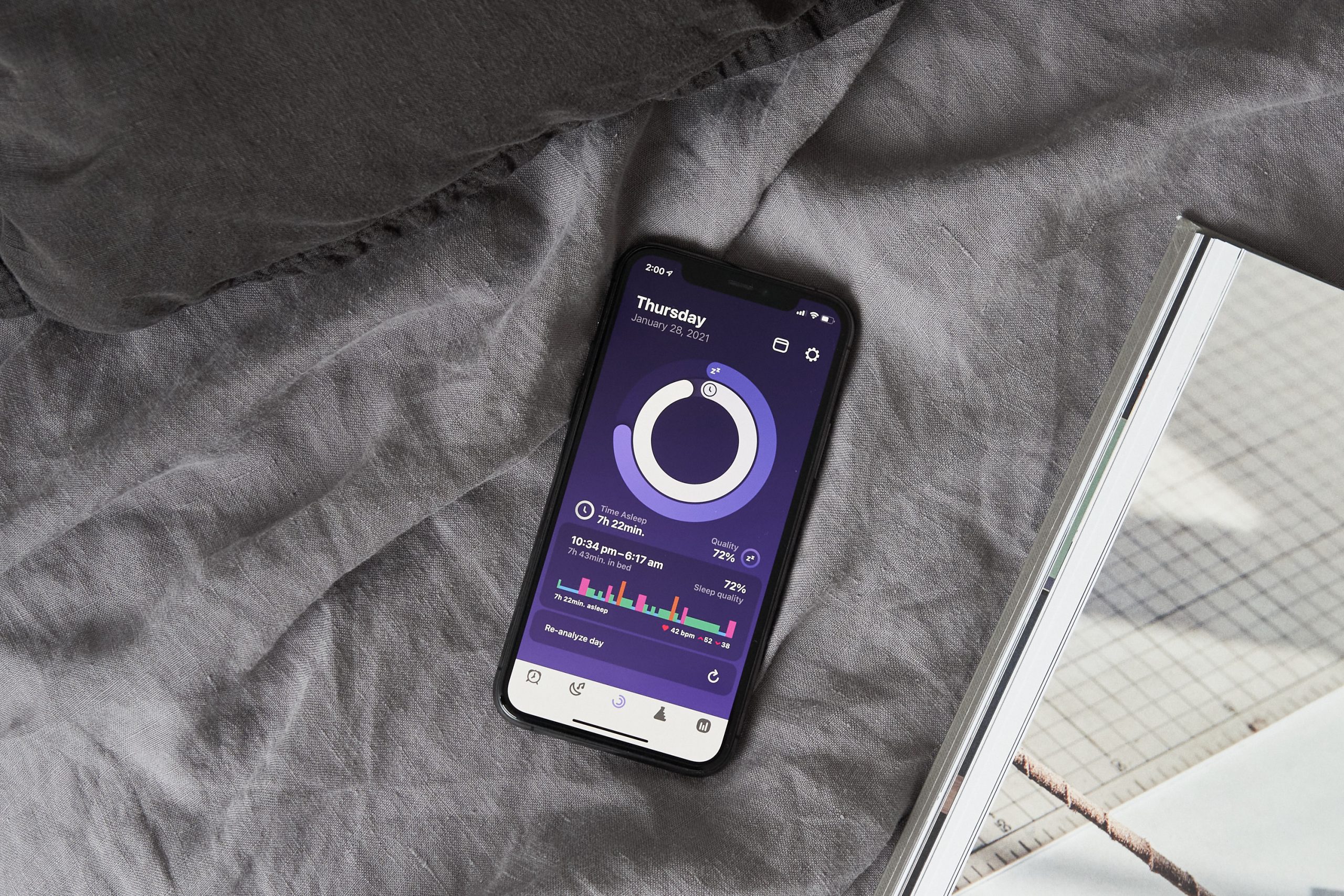
The app allows you to take notes for each night’s assessment, such as how you felt before going to bed and after waking up, or what you did during the day that may have impacted your sleep. Acknowledging your activities from the previous day, such as the amount of exercise you did, your diet, or alcoholic beverage intake, can shed light on how your nightly slumber was affected.
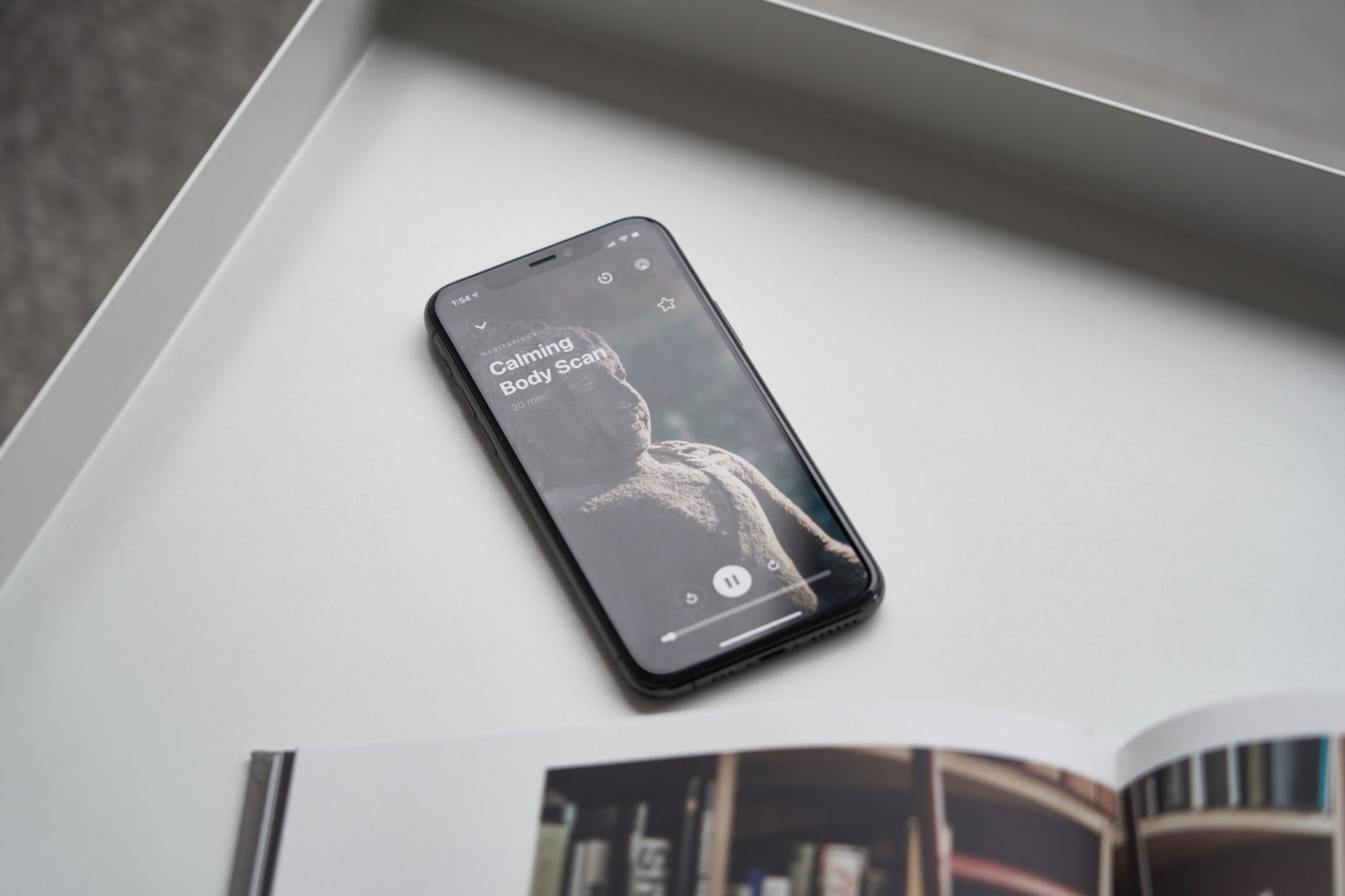
With sleep improvement as its core goal, Pillow has also recently launched a new Sleep Aid feature as part of the app. It bestows a selection of audio tracks ranging from guided meditations to gentle melodies, designed to help relax the mind and send you drifting off to sleep faster than if you were counting the proverbial sheep.
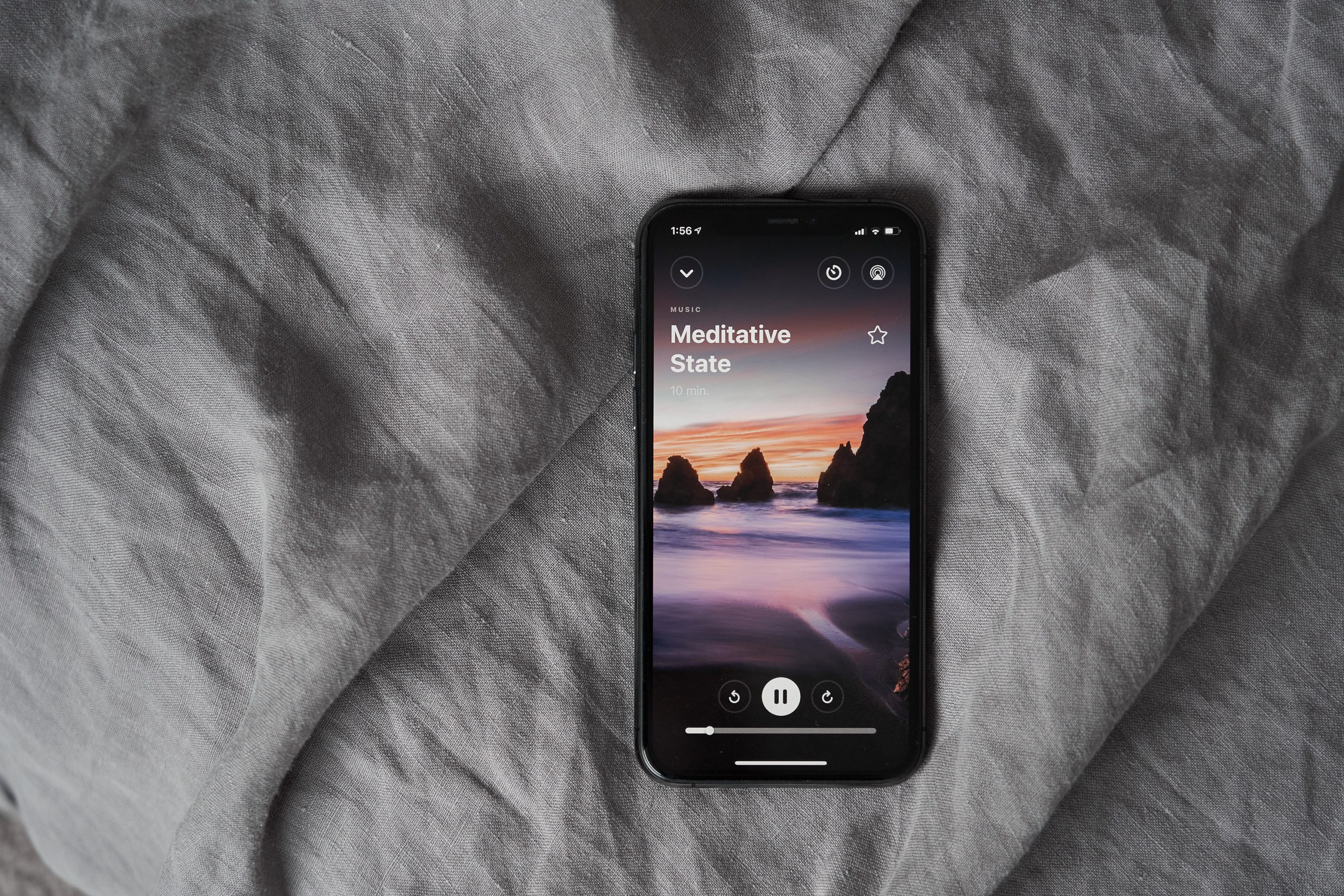
Pillow app is free to download and to use indefinitely with limited features. Upgrade to Pillow Premium for access to more great features including detailed sleep analysis, audio recordings, a larger suite of sleep aid content and a host of other helpful features that will help you get the most out of your night’s rest.
